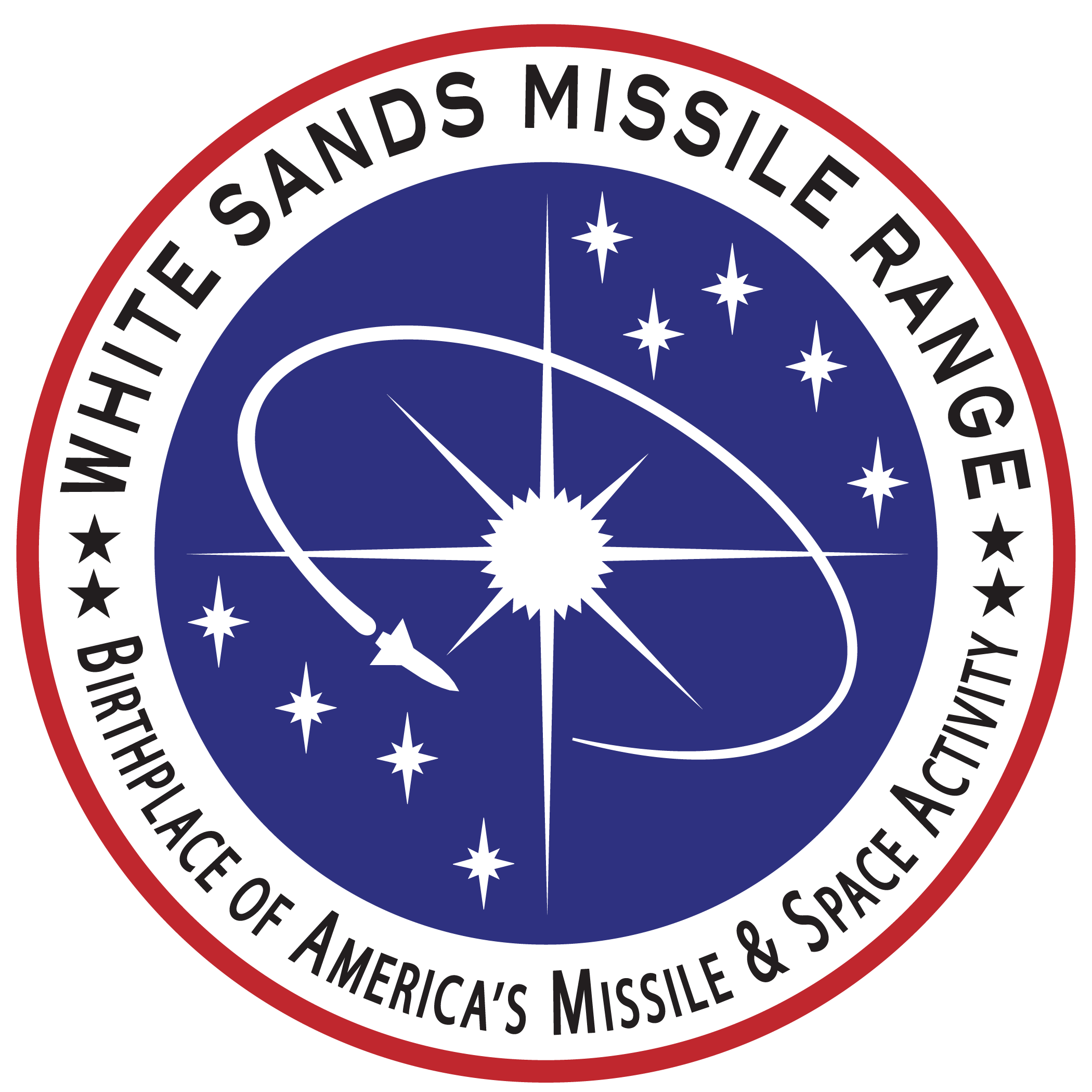White Sands Missile Range recently received five solar powered Electric Vehicle Charging Stations as part of the Army Climate Strategy to fast track the transition to light duty non-tactical electrical vehicles.
WSMR receives solar powered Electric Vehicle Charging Stations
White Sands Missile Range recently received five solar powered Electric Vehicle Charging Stations as part of the Army Climate Strategy to fast track the transition to light duty non-tactical electrical vehicles.
The Army Climate Strategy, which was released in February 2022, outlines a plan to reduce its net greenhouse gas emissions by 50 percent, in part by transitioning to a fully electric vehicle fleet by 2050, according to a U.S. Army article. For its non-tactical, light-duty fleet, the service plans to be all-electric by 2027.
The Army called on the U.S. Army Corps of Engineers, Engineering and Support Center, Huntsville to provide acquisition services, contract management and technical expertise for installing electric vehicle charging stations at more than 70 sites. Huntsville Center awarded contracts for 367 solar-powered charging stations at 50 installations for the U.S. Army Installation Management Command, to include WSMR, and 112 stations at 21 sites for the Army Materiel Command.
Craig Collins, WSMR Installation Energy Manager, said the chargers will enable WSMR to meet the requirement to transition to all electric vehicles. Collins said he knows of three electric vehicles currently at WSMR.
“IMCOM headquarters is putting out the fast track to make the our fleet of vehicles electric,” Collins said.
The chargers are located outside Building 102, at the Stallion Range Center, outside Building 1788, outside Building 1528 and in the SOF-TEC motor pool area. Each solar panel has two chargers.
The stations are solar powered and are not connected to the utilities grid, so they don’t require additional construction or electrical work. Each station uses large solar panels that move throughout the day to maximize the amount of power they can draw from the sun. That power is stored in batteries under the panels to allow charging at night and on cloudy days.
The stations are also portable and can be moved from one command to another as the mission or demand changes.
Collins said WSMR will receive more chargers in the coming years. Also, IMCOM has funding to install additional grid type chargers with dual chargers.
The Army’s Climate Strategy came as a response to Executive Order 14057, “Catalyzing Clean Energy Industries and Jobs Through Federal Sustainability,” which was issued in December 2021. The order sets out a range of goals for the Federal Government, including 100% carbon pollution-free electricity by 2030, 100% zero-emission vehicle acquisitions by 2035, net-zero emission buildings by 2045 and more.
By Miriam Rodriguez
WSMR Public Affairs




